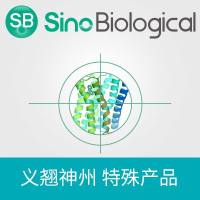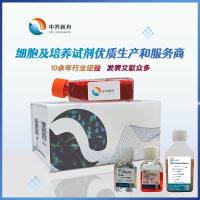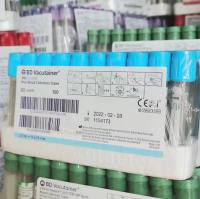A Cell-Detachment Solution Can Reduce Background Staining in the ELISPOT Assay
互联网
780
Enzyme-linked immunospot (ELISPOT) assays are widely used as a technique that allows determining the frequency of cytokine-releasing cells. Colored spots appear at the sites of cells releasing cytokines, with each individual spot representing a single cytokine-releasing cell. Porous membranes are used in ELISPOT plates to provide support for growing cells, thus making it difficult to remove them by washing. Cells that have adhered to the membrane may be stained nonspecifically, producing a background and then counted as specific spots. We have tested a cell detachment reagent, Accumax™, and found that it may be used to remove a large number of cells adhered to the microplate membranes. Accumax was tested in 16 different ELISPOT assays, including human interleukin (IL)-2, IL-4, IL-5, IL-6, IL-8, IL-13, IL-lβ, interferon (IFN)-γ, and tumor necrosis factor (TNF)-α; mouse IL-4, IL-6, IFN-γ, and TNF-α; rat IL-2 and IFN-γ, and canine IFN-γ. Accumax was found to be compatible with human IL-13, IL-lβ, IL-2, IL-4, IL-5, and IL-8 and mouse IL-4, IL-6, and TNF-α ELISPOT assays, allowing one to remove a large number of adhered cells without hindering ELISPOT assay performance. However, Accumax was incompatible with human IFN-γ, mouse IFN-γ, canine IFN-γ, and rat IFN-γ ELISPOT assays because Accumax reduced the intensity of staining and the number of spots formed.









